General safety instructions
Here you will find general safety instructions that must be observed during the installation and use of our products.
Read these instructions carefully and familiarize yourself with the device before installation, operation, use, and maintenance.
-
Do not allow any liquid to enter the interior of the device.
This may result in electric shock or short circuits.
-
Keep small parts and packaging materials away from children. Risk of suffocation!
-
Route all connection cables safely to prevent tripping hazards.
-
Do not use a damaged device. Have any damaged device repaired immediately.
-
Protect the device from dust, aggressive liquids, and vapors.
-
Connect only approved accessories.
-
Do not use a damaged device. Have any damaged device repaired immediately.
-
Do not install or connect cables during a thunderstorm.
-
Mounting, installation, and commissioning may only be carried out by qualified electrical personnel.
-
For work on systems with 230 V AC mains connection, the safety requirements according to DIN VDE 0100 must be observed.
-
All products supplied with external voltage (especially those with 230 V mains voltage) must be disconnected from the power supply before being mounted or opened.
-
When installing call systems, the general safety regulations for telecommunication systems according to VDE 0800 must be observed:
-
Separate routing of mains and low-voltage cables
-
Minimum distance of 10 cm when routed together
-
Use of separating barriers between power and low-voltage cables in shared conduits
-
Connect or disconnect all connection cables only when the power supply is switched off.
-
Technical support
If you experience any difficulties with the commissioning or configuration of our products, our experienced technical support team is available to assist you.
Availability:
Monday – Thursday: 07:00 – 16:30
Friday: 07:00 – 13:00
Email: service@tge-gruppe.de
Phone: +49 7951 488 9200
ESD warning
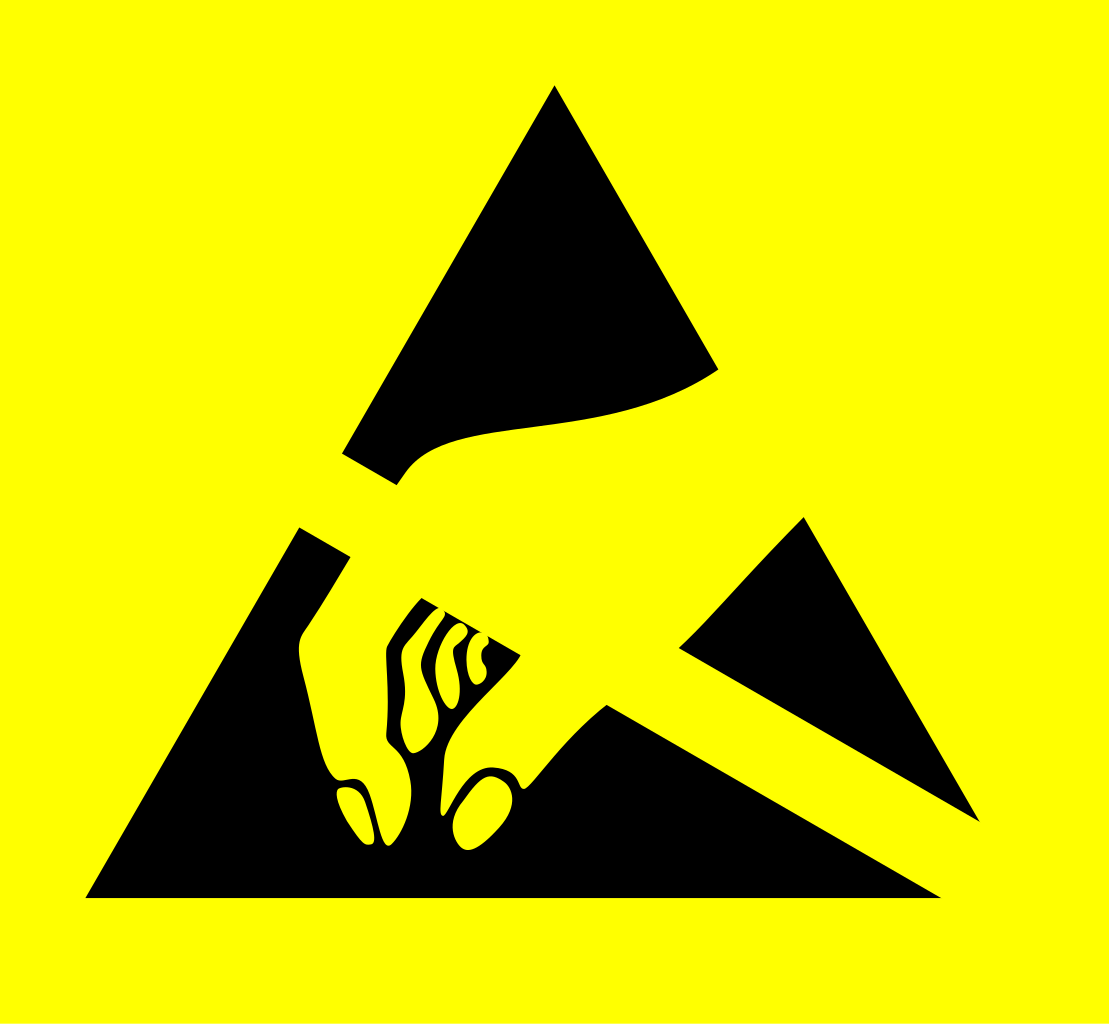
You may be electrostatically charged!
Before opening the housing and working on the wiring, discharge yourself by touching grounded metal parts to avoid damage to the device.
Safety instructions for mobile communication devices
|
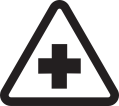
|
When installing the device in hospitals or healthcare facilities, ensure compliance with any applicable restrictions regarding the use of mobile communication equipment. Medical devices such as pacemakers or hearing aids may be sensitive to radio frequency emissions. Therefore, operate the mobile communication device only after obtaining approval from the responsible authorities or authorized personnel. |
|
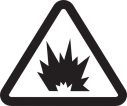
|
Operating mobile communication devices in potentially explosive environments, such as fuel stations, fuel storage areas, or chemical plants, poses a safety risk. Use the device in such areas only after consultation with and written authorization from the responsible authorities. |
|
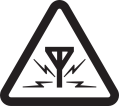
|
The mobile communication device transmits and receives high-frequency electromagnetic radiation, which may cause interference in nearby equipment such as televisions, radios, or computers. Switch off the device if its operation could result in any safety hazards. |
|
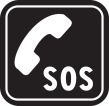
|
This mobile communication device uses wireless IP transmission and mobile networks, which means a continuous connection cannot always be guaranteed. For elevator emergency calls, additional measures must therefore be implemented in accordance with the requirements of the authorized inspection agency. |
